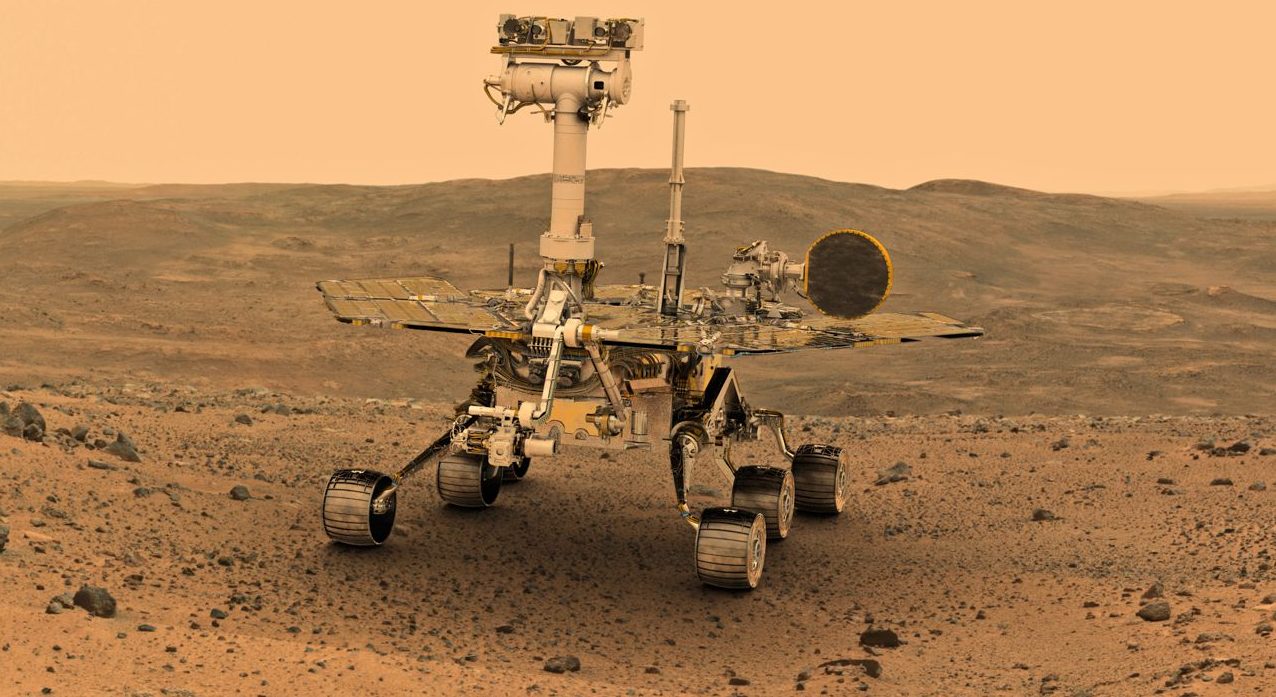

VENUS AT MAXIMUM BRIGHTNESS: When the sun goes down tonight, step outside and look west. In total, this active region has produced 5 M-class solar flares in the past 12 hours. The extreme ultraviolet flash ionized the top of Earth's atmosphere, creating a shortwave radio blackout over North America ( map) and doppler-shifting the frequency of America's WWV time-standard radio transmissions ( data). The strongest so far, an M6-class explosion on July 11th (1808 UT), saturated pixels in the telescope system onboard NASA's Solar Dynamics Observatory: Aurora alerts: SMS TextĪ big new sunspot is emerging over the sun's northeastern limb, and it is crackling with solar flares. Either way, a close encounter could disturb Earth's magnetic field and produce high latitude auroras. NASA predicts a glancing blow, NOAA a clean miss. NASA and NOAA models of the CME give different results. Minor G1-class geomagnetic storms are possible on July 13th when a CME is expected to pass close to Earth. 28, 2023, as a show of thanks for years of service and hope for future daisies: Until then, we will maintain AIM's iconic "daily daisy," frozen at Feb.
#Nasa news 15 nov 2015 full#
There may be some hope of a recovery as AIM's orbit precesses into full sunlight in 2024. As a result AIM is offline, perhaps permanently. What happened to NASA's AIM spacecraft, which has been monitoring NLCs since 2007? Earlier this year, the spacecraft's battery failed.

As the season progresses, these dots will multiply in number and shift in hue from blue to red as the brightness of the clouds intensifies. For the rest of the season, daily maps from NOAA 21 will be presented here:Įach dot is a detected cloud. An instrument onboard NOAA 21 ( OMPS LP) is able to detect NLCs (also known as "polar mesospheric clouds" or PMCs). The first clouds were detected inside the Arctic Circle by the NOAA 21 satellite. The northern season for NLCs began on May 26th. There are no significant equatorial coronal holes on the Earthside of the sun. Switch to: Europe, USA, New Zealand, Antarctica Neutron counts from the University of Oulu's Sodankyla Geophysical Observatory show that cosmic rays reaching Earth are slowly declining-a result of the yin-yang relationship between the solar cycle and cosmic rays. Credit: SDO/HMIĬosmic Rays Solar Cycle 25 is intensifying, and this is reflected in the number of cosmic rays entering Earth's atmosphere. Nasa also released an infographic that presents interesting facts about the space station, along with a list of how things have changed since the Expedition 1 in 2000.Sunspots AR3361 and AR3367 have mixed-polarity magnetic fields that pose a threat for strong solar flares. “Since 2000, human beings have been living continuously aboard the space station, where they have been working off-the-Earth for the benefit of Earth, advancing scientific knowledge, demonstrating new technologies, and making research breakthroughs that will enable long-duration human and robotic exploration into deep space," said Nasa administrator Charles Bolden. “I congratulate all of the men and women at Nasa and around the world who have worked so hard to keep the International Space Station operational these past 15 years," said John Holdren, director of the White House Office of Science and Technology Policy. The crew worked a wide variety of lab maintenance and advanced science exploring how life adapts to long-term space missions with potential benefits to Earth-bound humans and future astronauts. Kelly and Kornienko are spending nearly a year in space. The current six-member crew, Expedition 45, consists of Nasa astronauts Scott Kelly and Kjell Lindgren, Japanese astronaut Kimiya Yui and veteran cosmonauts Sergey Volkov, Mikhail Kornienko and Oleg Kononenko. It also explains the station’s logistics: it’s about the size of a football field and weighs up to 1 million pounds. The video details interesting facts about the station in twanging verse, according to ‘The Verge’. The US space agency released a delightful video about the space orbiting lab, set to a very country and banjo-filled tune.


 0 kommentar(er)
0 kommentar(er)
